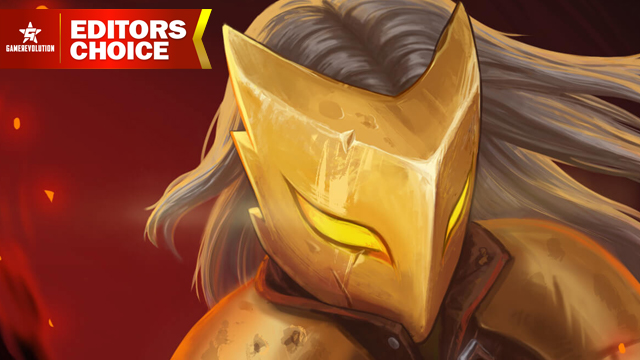Slay the Spire is many things at once. A single-player deckbuilding game, a dungeon crawler, and a permadeath roguelike all rolled into one, developer Mega Crit Games has combined these often impenetrable genres and created something wonderfully accessible. For those previously unacquainted with deckbuilders, this is the game to get you started. For veterans of the genre, its ingenuity makes it unmissable.
Slay the…











